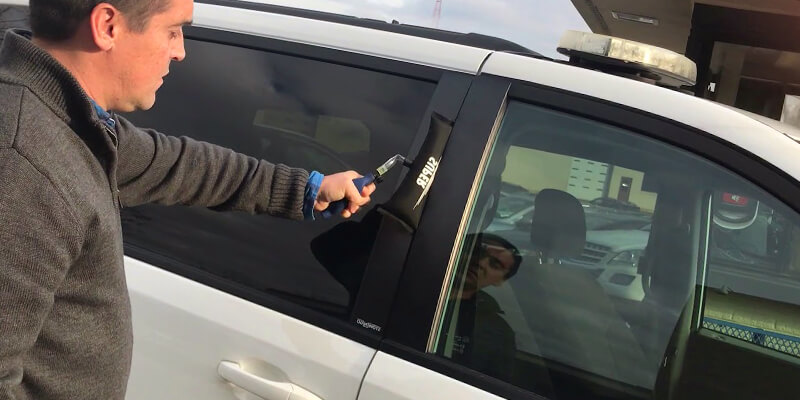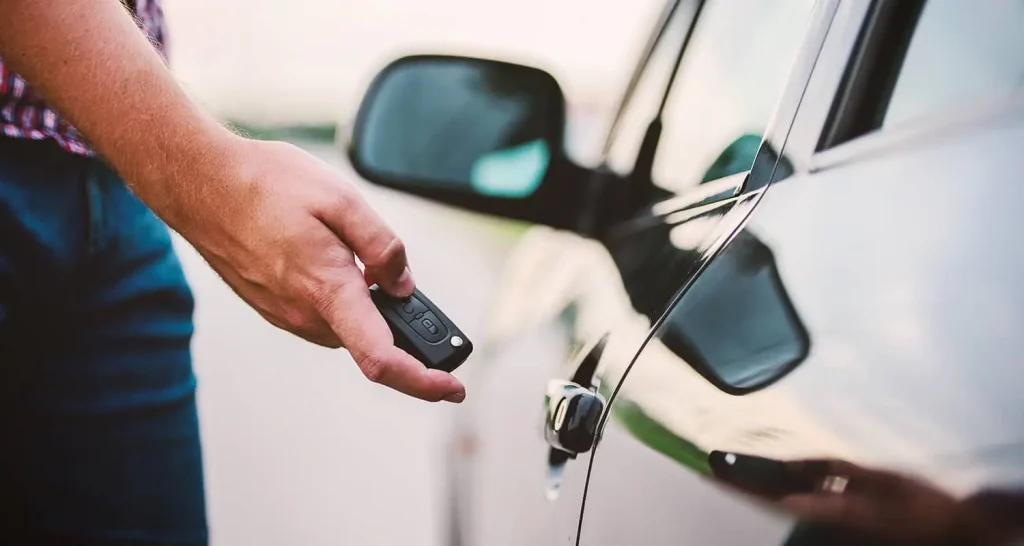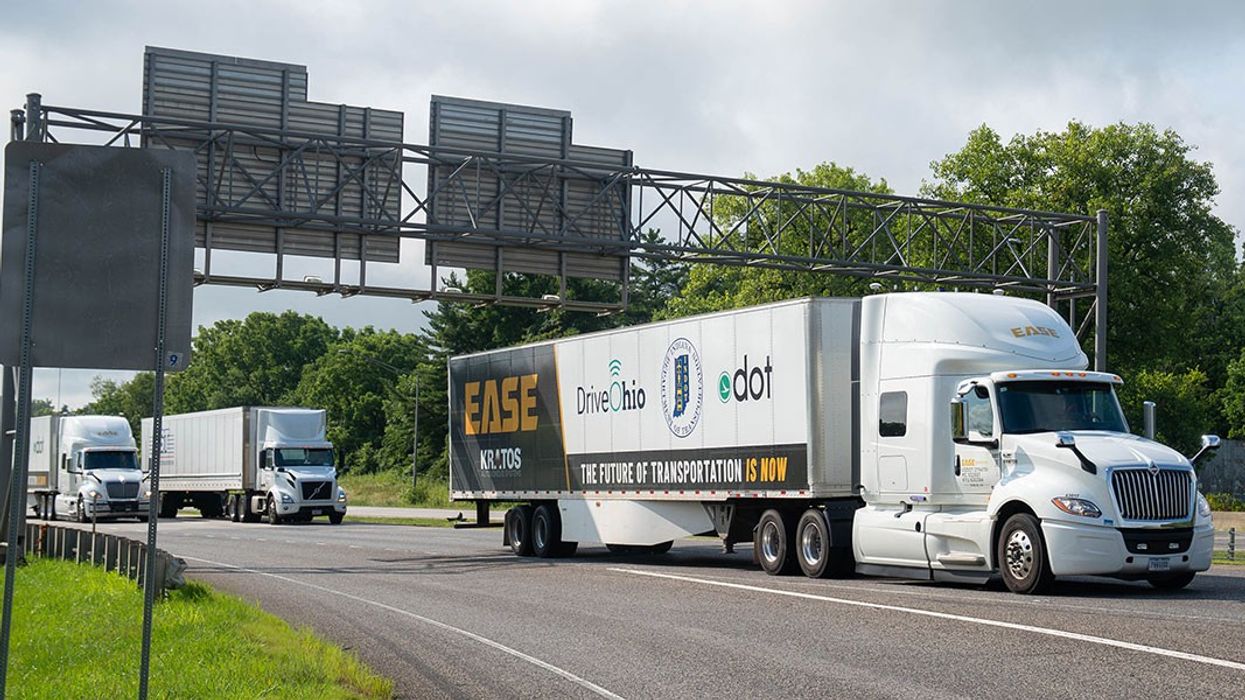Being locked out of your own property is not just frustrating; it can be costly too. Whether you’re a homeowner or a renter, understanding how to document a lockout for claim is essential in ensuring you are reimbursed for any related expenses. In this guide, we’ll walk you through the steps to effectively document a lockout, making the claim process smoother and more efficient.

Why Documenting a Lockout is Important
Documenting a lockout is crucial for several reasons. First, it provides proof of the incident, which is necessary when making a claim with your insurance company. This documentation can help you recoup costs associated with locksmith services, damaged property, or even temporary accommodations if required.
The Financial Implications of a Lockout
Lockouts can lead to unexpected expenses. These might include paying for a locksmith to regain entry, repairing any damage incurred during the process, or covering the costs of alternative accommodations if the lockout is prolonged. Proper documentation is key to ensuring these costs are covered by your insurance policy.
Steps to Document a Lockout
1. Capture Photographic Evidence
Photographs are a powerful tool in documenting a lockout. Take clear pictures of the locked door, any damage that has occurred, or any tools left behind by a locksmith. These images provide visual evidence that can support your claim.
2. Keep All Receipts and Invoices
Every expense related to the lockout should be recorded. Keep receipts for locksmith services, replacement keys, and any other related costs. These documents will be essential when filing your claim.
3. Obtain a Locksmith’s Report
If a locksmith was involved, request a detailed report of their services. This should include the time and date of the service, the nature of the lockout, and any actions taken to resolve it. This report serves as official documentation of the incident.
4. Write a Detailed Account
Provide a written statement describing the lockout. Include details such as the date and time of the incident, how it happened, and any steps you took to resolve it. This personal account adds context to your claim.
Understanding Your Insurance Policy
Before filing a claim, it’s important to understand what your insurance policy covers. Some policies may include coverage for lockout services, while others may not. Review your policy carefully and contact your insurer if you have any questions.
Checking for Lockout Coverage
Not all insurance policies automatically cover lockouts. Check with your provider to confirm whether your policy includes this coverage and to what extent. This knowledge will help you manage your expectations during the claim process.
Filing the Claim
1. Contact Your Insurance Provider
Once you have gathered all necessary documentation, contact your insurance provider to initiate the claim process. Provide them with all the evidence and documentation you have collected.
2. Submit Required Documents
Submit all required documents to your insurer, including photographs, receipts, locksmith reports, and your written account. Ensure everything is clear and organized to avoid any delays in processing your claim.
3. Follow Up on Your Claim
After submitting your claim, stay in touch with your insurance provider to track its progress. This proactive approach can help address any issues promptly and ensure a quicker resolution.
Preventing Future Lockouts
While documenting a lockout is essential, preventing future incidents is equally important. Consider implementing preventive measures, such as installing a smart lock, keeping spare keys with trusted individuals, or using a lockout emergency kit. You can find more tips on where not to hide spare keys on our partner site.
Using Technology to Avoid Lockouts
Smart locks and keyless entry systems offer convenient solutions to avoid lockouts. These technologies allow you to control access to your property remotely, reducing the risk of being locked out.

Frequently Asked Questions
1. What should I do immediately after a lockout?
Immediately after a lockout, assess the situation for any immediate safety concerns. Contact a locksmith if needed and begin documenting the incident with photos and notes.
2. Can I claim lockout expenses on my renter’s insurance?
Yes, you can claim lockout expenses on your renter’s insurance if your policy includes coverage for such incidents. Review your policy to confirm the details.
3. How can I make my claim process faster?
Ensure all documentation is complete and organized before submitting your claim. Maintain regular communication with your insurance provider to address any queries promptly.
For more helpful tips on avoiding lockouts, check out this article on what to do if you locked keys in your car.
This article contains affiliate links. We may earn a commission at no extra cost to you.






